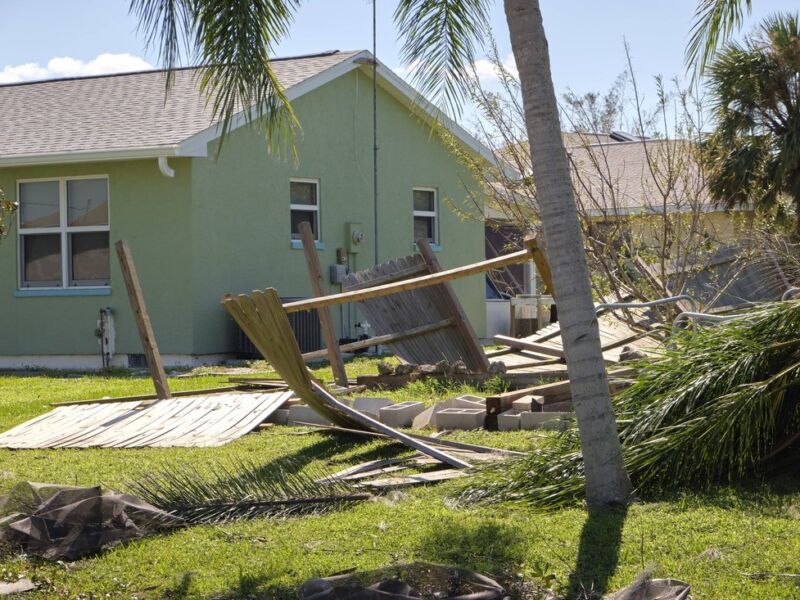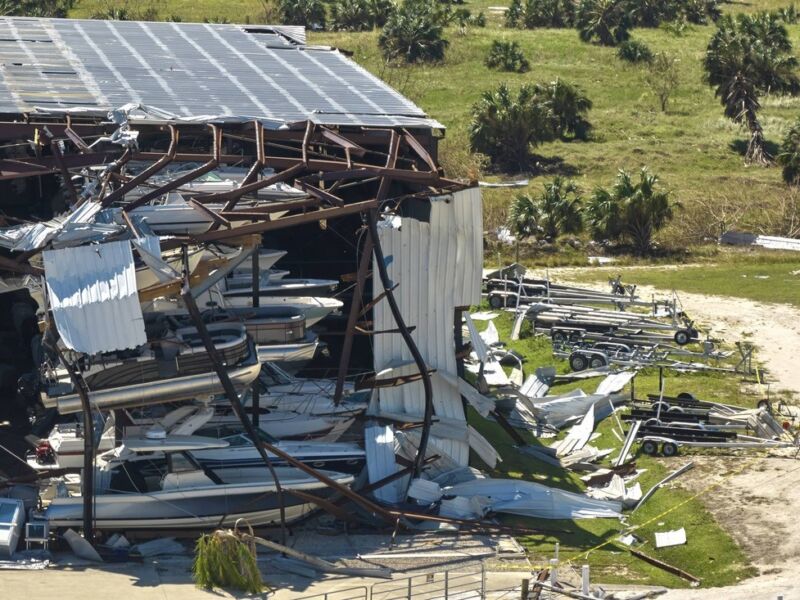
Introduction
In times of emergencies and disasters, having a reliable and uninterrupted fuel supply is crucial for ensuring power and safety. Whether it’s for backup power systems, vehicles, or equipment, emergency fuel supply options play a vital role in disaster restoration efforts. This article will explore comprehensive strategies and solutions for emergency fuel management, including effective fuel storage options, backup power fuel planning, and the importance of fuel supply preparedness.
1. Importance of Emergency Fuel Supply

1.1 Ensuring Power Continuity
During disasters, power outages are common. Having an emergency fuel supply ensures continuity of crucial power systems, such as generators, ensuring the continuous operation of essential equipment and facilities.
1.2 Ensuring Safety and Security
Emergency fuel supply is not only important for power continuity but also for safety and security. It allows for the operation of critical infrastructure, including emergency lighting, security systems, and communication equipment, ensuring the safety of individuals during challenging times.
1.3 Supporting Disaster Restoration Efforts
In disaster restoration, fuel plays a vital role in enabling transportation, equipment operation, and facilitating the recovery process. Adequate fuel supply allows for efficient and timely restoration efforts.
2. Effective Emergency Fuel Storage Solutions
2.1 On-Site Fuel Storage Tanks
On-site fuel storage tanks provide a convenient and readily accessible solution for emergency fuel supply. These tanks are designed to store large quantities of fuel safely and securely, allowing for easy access during emergencies.

2.2 Above-Ground Fuel Storage Tanks
Above-ground fuel storage tanks offer versatility and ease of installation. They are available in various sizes and can be customized to meet specific fuel storage requirements. These tanks are designed to mitigate the risk of leaks and spills, ensuring environmental safety.
2.3 Underground Fuel Storage Tanks
For enhanced security and protection against environmental elements, underground fuel storage tanks are an ideal option. These tanks are designed to withstand adverse conditions and provide long-term fuel storage capabilities.
3. Backup Power Fuel Management
3.1 Fuel Consumption Monitoring
Proper fuel consumption monitoring is essential to ensure the availability of an adequate fuel supply during emergencies. Implementing fuel monitoring systems allows for real-time tracking of consumption, enabling proactive fuel replenishment.
3.2 Fuel Quality Maintenance
Maintaining fuel quality is crucial for the efficient operation of backup power systems. Regular fuel testing and treatment prevent contamination issues and ensure optimal performance during critical times.
3.3 Fuel Rotation and Storage Best Practices
Implementing fuel rotation practices helps to maintain fresh fuel and avoid degradation. Proper storage techniques, such as temperature control and moisture prevention, further enhance fuel quality and longevity.
4. Importance of Fuel Supply Planning
4.1 Assessing Fuel Requirements
Conducting a comprehensive assessment of fuel requirements is essential to determine the appropriate quantity and type of fuel needed during emergencies. Consider factors like equipment fuel consumption rates and anticipated duration of power outages.
4.2 Establishing Fuel Supply Contracts
Forming fuel supply contracts with reliable fuel providers ensures a continuous and timely fuel supply during disasters. These contracts guarantee priority access to fuel and streamlined delivery processes.
4.3 Regular Fuel Supply Evaluations
Periodically reviewing and evaluating fuel supply sources, contracts, and emergency protocols ensures the effectiveness and adequacy of the fuel supply strategy. This allows for necessary adjustments and improvements to be made proactively.
Frequently Asked Questions (FAQs)
1. What is an emergency fuel supply?
2. What are the common storage options for emergency fuel?
Important Facts and Statistics
– The Federal Emergency Management Agency (FEMA) has declared a disaster in Fort Bend, Harris, or Montgomery counties in Greater Houston 26 times in the past 41 years, including severe winter storms.
– The water damage restoration industry is expected to grow at a CAGR of 6.8% from 2020 to 2025.
– The top five most damaging storms of 2018 and 2019 caused significant destruction and restoration efforts.
– Effective fuel supply planning and management can help speed up recovery efforts during disasters.
For more information about emergency fuel supply options, visit our website.



